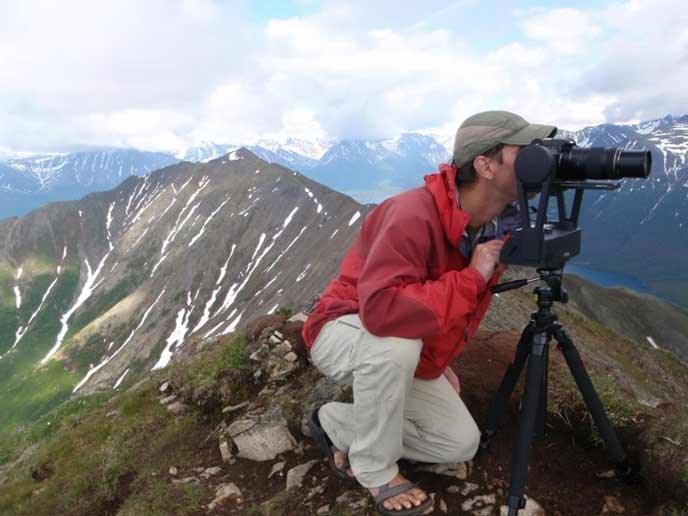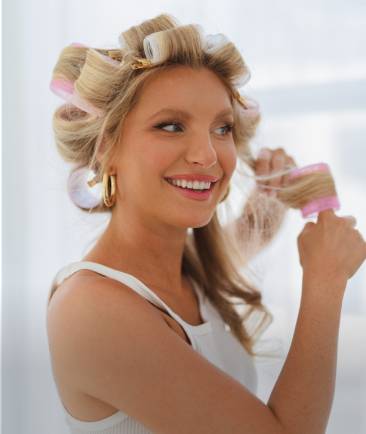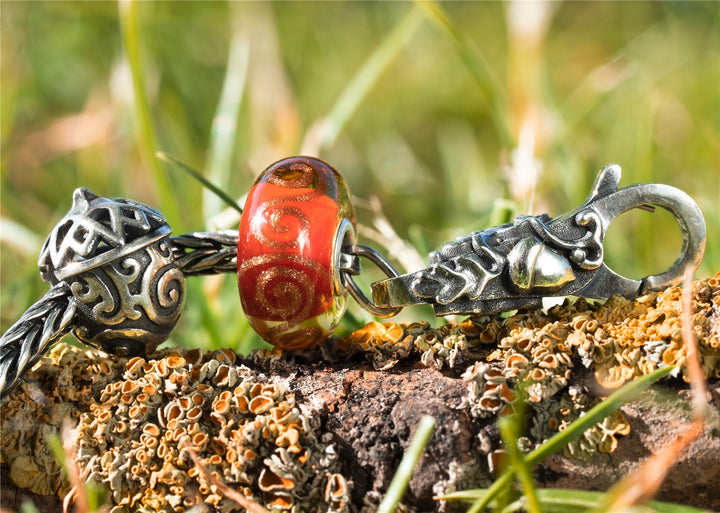E-commerce photographers play a key role in online sales. High-quality product photos can make or break a customer’s decision to buy. No matter if you're just starting or looking to level up your skills, these 10 tips will help you succeed as an e-commerce photographer. We’ll dig in to equipment, lighting, composition, and more to help you create photos that sell.

1. Start with the Right Equipment
You don’t need expensive gear to take great product photos. A smartphone with a good camera can work, but a DSLR or mirrorless camera gives you more control.
- Key equipment:
- Camera (DSLR, mirrorless, or smartphone).
- Tripod for steady shots.
- Lighting setup (natural or artificial).
- White backdrop or sweep.
- Reflectors to soften shadows.
For more details, check out Shopify’s guide to e-commerce photography.

2. Use Assembo.ai to Create Custom Backgrounds
Assembo.ai is a great tool for e-commerce photographers. It lets you quickly test different backgrounds and lighting setups without a physical studio.
- How it helps:
- Upload your product photos.
- Try different backgrounds instantly.
- Save time on manual edits.
Learn more about Assembo.ai’s features.

3. Master Lighting Techniques
Lighting is one of the most important parts of e-commerce photography. Natural light works best, but artificial lights can also give great results.
- Lighting tips:
- Use side lighting to highlight textures.
- Soften shadows with reflectors.
- Avoid harsh direct sunlight.
For more tips, read how to use natural light effectively.

4. Perfect White Background Shots
White background photos are a must for e-commerce. They keep the focus on the product and work well for marketplaces like Amazon.
- How to get clean white shots:
- Use a white sweep or poster board.
- Adjust white balance in editing.
- Avoid shadows with even lighting.
See examples of professional white background shots.

5. Add Lifestyle Shots
Lifestyle photos show products in real-life settings. They help customers imagine using the product.
- Lifestyle photography tips:
- Use props that fit the product’s purpose.
- Keep the background simple but realistic.
- Show the product in action.
Get inspired by lifestyle photography ideas.

6. Highlight Key Details
Close-up shots help customers see product quality. Zoom in on textures, stitching, or unique features.
- Detail shot tips:
- Use macro mode for small items.
- Focus on unique selling points.
- Keep the background blurry to highlight details.
Learn more about detail photography techniques.

7. Edit Like a Pro
Editing can make good photos great. Adjust brightness, contrast, and sharpness to make products pop.
- Editing basics:
- Correct white balance.
- Sharpen edges slightly.
- Remove dust or imperfections.
Find free photo editing tools to use.

8. Build a Strong Portfolio
A portfolio shows your skills to potential clients. Include a variety of shots to showcase your range.
- Portfolio tips:
- Show before-and-after edits.
- Include different product types.
- Keep it updated with your best work.
Get advice on building a photography portfolio.

9. Set Competitive Rates
Pricing can be tricky for new photographers. Research what others charge and adjust based on your experience.
- Pricing tips:
- Start with lower rates to build clients.
- Offer packages (e.g., 10 photos for $X).
- Increase prices as you gain experience.
Read how photographers set their rates.

10. Network and Find Clients
Getting clients is key to making photography a career. Use social media, local businesses, and online platforms to find work.
- Finding clients:
- Reach out to small e-commerce stores.
- Join photography groups online.
- Offer free samples to build trust.
Discover where to find e-commerce photography jobs.
Final Thoughts
E-commerce photography is an exciting and rewarding career. With the right skills and tools, you can create photos that help businesses sell more. No matter if you're just starting or looking to improve, these tips will help you level up your e-commerce photography game. Start practicing today and build a portfolio that attracts clients.
